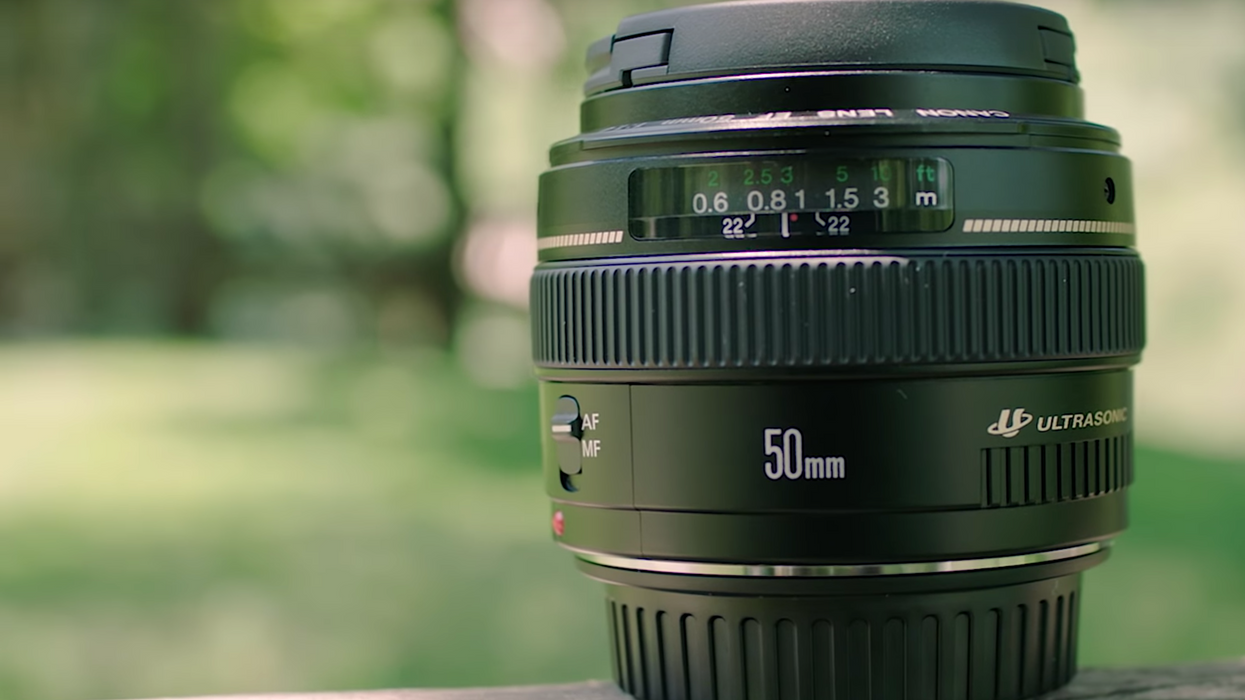Here Are Some Great Tips For Buying Used Lenses
Aftermarket lenses can be a great option if you know what to look for. Here's some advice to follow.

Camera bodies come and go but lenses will always be the better investment. With modern mount adapters, focal extenders, and expanders, new life can be breathed into old lenses that were once forgotten. When it comes to purchasing (or renting) a lens, choosing one will come down to your individual needs as a creator, or how you want to visually represent the story.
The characteristics of each lens varies wildly, and with a saturated market, it can be downright overwhelming to know what to look for. Luckily, Matthew Duclos of Duclos Lenses has shared advice on how to evaluate used cine lenses.
Where Should You Buy?
Duclos says you should look for lenses from reputable dealers first before going to eBay or auction sites. A handful of places No Film School finds reputable are Adorama, LensProToGo, LensRentals, and ShareGrid. But no matter where you do end up buying, a great tip Duclos points out is to look to see if there's a return policy, and how many days you have before it expires. If there is no return policy, that could be a red flag and you may want to avoid it.
What Should You Look Out For?
According to Duclos, there are three things to consider when buying a used lens: its mechanical, optical, and cosmetic construction.
Mechanical
He suggests for mechanical to run the iris, zoom, and focus rings to make sure everything is smooth, consistent, and that there are no bumps, snags, or loose components. When running the rings, the lens should feel smooth as you want to make sure the internal elements of the lens are preforming the way they should.
You should also gently shake the lens to see if anything rattles. With still lenses, like a kit lens, you're bound to hear something and that might be ok, but when it comes to cine lenses, you shouldn't hear anything.
Optics
For optics, you'll want to put it on a camera to see what kind of image the lens is producing. If you are going to a camera store, bring your camera along. If the store has a focus chart to shoot at, ask to use it. You want to make sure the image lines up correctly, and if you're buying a vintage lens, you want to make sure the lens has some symmetry.
Cosmetics
The cosmetics of a lens will be a telltale sign of how much it has been used. Duclos says to look at the overall condition of the anodizing, which is the outer coating of a lens. If it's beaten up, it can be a sign that the lens was not cared for. Another point of reference is the mount. When a still lens has been taking on and off many times over the years, the nickel plating will wear off. If the brass underneath the nickel plating is showing, it's most likely has been heavily used. And when it comes to chasing down the serial number to detect the age, Duclos says to forget about it.
Fungus Among Us
Fungus can appear on lenses, especially vintage lenses. No Film School has talked about how to clean fungus, and different ways to protect lenses from it. If see fungus on a lens, it may not be a bad thing if it can be wiped off, but if the fungus has been on the lens for a long time, it can etch into the glass. The only way to know if it can be wiped off is to open the lens. So if you're considering buying a lens that has fungus, it could be risky. If you do take the risk, be sure to check if there's a return policy first. If there isn't, it's probably not worth it.
Besides fungus, oil is another thing to look out for, especially with vintage lenses where it can be found on the iris blades. Duclos says this doesn't mean the lens was abused, but it just wasn't well cared for. So be on the lookout for that.
Do you have any tips on buying used lenses or know of any other reputable dealers? Let us know in the comments below.
Source: Sony















